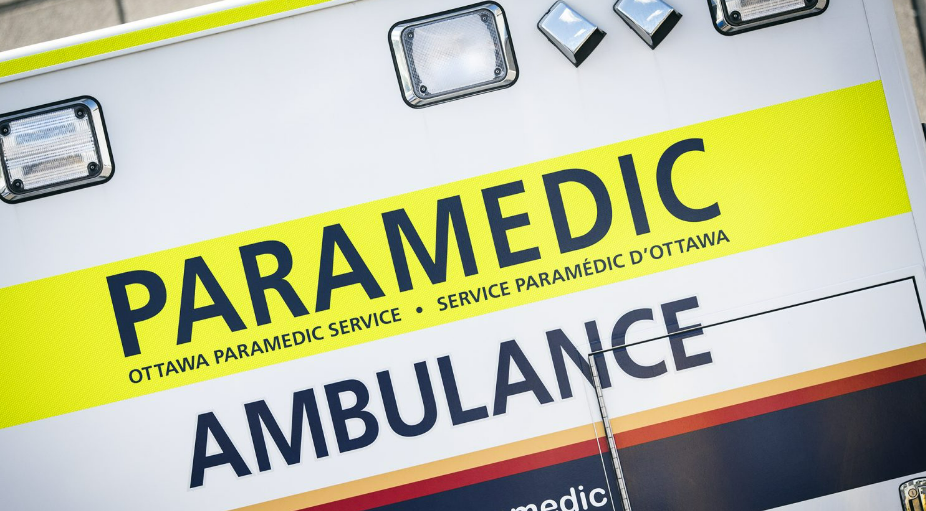Amazon warns of uncertified solar eclipse glasses being sold online: ‘We recommend you not use it’

Posted Apr 5, 2024 08:46:36 AM.
Last Updated Apr 5, 2024 03:05:57 PM.
Amazon is warning certain customers of uncertified solar eclipse glasses that were posted and sold online.
Millions of people across a swath of North America, including parts of Eastern and Atlantic Canada, will experience a few minutes of darkness in the middle of the day on Monday as the moon passes in front of the sun.
As a result, many have been flocking to purchase solar eclipse glasses needed to witness the spectacle in the sky. As it turns out, some companies appear to be profiting by selling illegitimate eye protection.
Breakfast Television received an email from an Amazon spokesperson following the sale of such solar eclipse eyewear. The product, which has since been removed from the website, was described as “Eyes Protection Paper Frame Glasses for Solar Eclipse Viewing.”
“The product listed was not included in the American Astronomical Society’s [AAS] list of safe suppliers of solar eclipse viewers and filters and, therefore, may not be safe for viewing a solar eclipse,” the email read.
“If you still have this product, out of an abundance of caution, we recommend you not use it for the upcoming eclipse on April 8 and review the following information for more details, including how to view a solar eclipse safely and how to identify unsafe eclipse glasses.”
The AAS does not recommend “searching for eclipse glasses on Amazon, eBay, Temu, or any other online marketplace and buying from whichever vendor offers the lowest price.”
Meanwhile, Amazon said refunds will be issued to those who purchased the alleged phony product.
“If you made this purchase for someone else, please notify the recipient immediately and provide them with the information,” the spokesperson noted. “The safety and satisfaction of our customers is our highest priority. We regret any inconvenience this may cause you.”
Some AAS-approved solar eclipse glasses include Halo Eclipse Spectacles and Solar Eyewear.
How to test your solar eclipse glasses
Residents are asked not to look directly at the sun during the eclipse, as it could cause permanent damage to their eyes. The only time to look at the eclipse without glasses is when the moon fully covers the sun during totality, which lasts only three or four minutes.
The AAS issued a statement on March 22 warning of counterfeit solar eclipse glasses. It noted that safe solar viewers block all but a minuscule fraction of the sun’s ultraviolet (UV), visible, and infrared (IR) light.
“We used to recommend that you make sure the eclipse glasses you’re buying come from one of the manufacturers on our list,” the AAS said.
“But now that we know that fake, unsafe eclipse glasses are being misrepresented as coming from at least one of these manufacturers, we need to urge a more cautious approach.”

The AAS mentioned that there is a way to test solar eclipse glasses to ensure they’re genuine and safe. It involves a few steps, including wearing them indoors and staring at bright lights, which should appear faint, and then trying them outside on a sunny day. Very little light should be observed through the glasses.
The third step is staring at the sun with the glasses on for less than a second. The AAS says you should see a sharp-edged, round disk (the sun’s visible “face”) that’s comfortably bright.
“Depending on the type of filter in the glasses, the sun may appear white, bluish-white, yellow, or orange,” the AAS wrote. “If your glasses pass all three tests, they are probably safe.”
How to make a pinhole camera with everyday items for safe solar eclipse viewing
Regular sunglasses won’t block enough light, and NASA says even when the sun is 99 per cent obscured, it can still cause damage.
One way to observe the phenomenon is with a pinhole camera—more accurately described as a projector—that can be created with items most of us already have at home.
A basic pinhole projector can be made by pushing a pin through a piece of paper or cardboard to create a tiny hole. When you take that paper outside and cast a shadow with it on the ground, the bit of light that passes through the hole projects “a little tiny image of the sun” and allows safe tracking of the eclipse.
If you’re willing to put in a little bit more effort and want to engage kids in a fun activity, you can create a pinhole camera out of a cereal box, shoe box, or other cardboard box that is easily held to the eye.
For this project, you will need a piece of white paper, scissors, aluminum foil, a pin and some tape.
This eclipse will be the first total solar eclipse to be visible in Canadian provinces since February 26, 1979, the first in Mexico since July 11, 1991, and the first in the United States since August 21, 2017.








